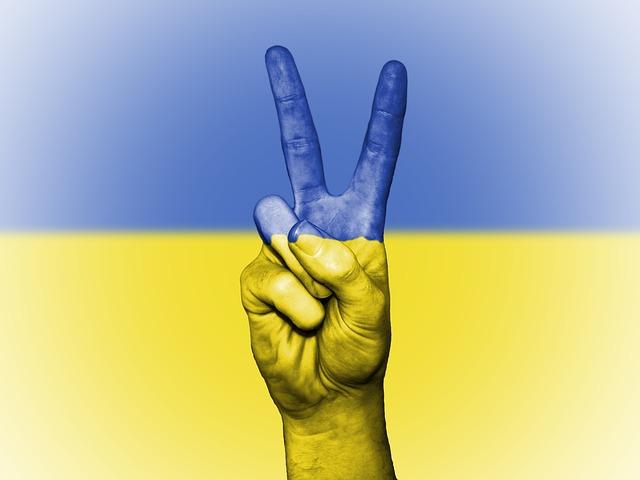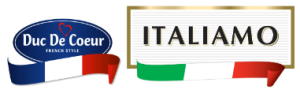It is not only companies and persons that have brands. Countries also have them. Some countries are viewed more favorably than others. Nation brands are not directly linked to the size or population of the country. Even small countries can have strong and valuable brands. For example, one country may excel in education, another in healthcare or environmental issues. A strong brand is just as important to states as it is to companies.
A country brand is often also used to support a favorable image in marketing products and services. For example, it is generally accepted that Belgian chocolate is tasty, Swiss watches are reliable, and Italian suits are fashionable. It is no wonder then that companies also want to take advantage of this and associate with a particular country. While there is nothing inherently prohibited in this, there are three trademark issues that need particular attention.
Naming products
Geographical terms are not automatically disqualified for trademark protection. For example, Montblanc is a famous brand for pens and leather products. A problem occurs when the geographical term is linked to or associated with the product or service in question so that it could be realistically thought to be the place or production or rendering of the service. Going back to the above example, Mont Blanc, the highest mountain in continental Europe, is clearly not a point of production for pens and wallets. Equally, the North Pole could be a trademark for ice cream or snowmobiles. On the other hand, Milan or Paris could not be a trademark for clothing or cosmetic products since both cities are globally known as fashion centers.
Using country names as trademarks is quite rare. Some examples include FIJI (water) and Iceland (supermarket chain). The problem with this is that such marks are very difficult to protect other than in a distinctive logo form. It is more common to include the name of a country or place as part of a brand name. Examples include “Tiger of Sweden” for apparel and “Fuitaly” for fruits. These kinds of names can be protected. The advantage is that you can take advantage of the country’s reputation while still getting proper protection for your brand.
Lidl is particularly good at creating product lines that are associated with a particular country or area. Their method is to make words either include a reference to a country or area, or create completely invented words that can be associated with a particular country or area. For example, Italiamo (Italy) and Vitasia (Asia) are examples of the former, whereas “Eridanous” (Greece) and “El Tequito” (Mexico) are examples of the latter.
Using visuals
Another way is to build associations with countries or areas by using visuals such as fonts, flags and other symbols.
When using flags, in particular, you need to be careful. In most countries (EU included) the trademark law prohibits the registration of flags as part of a trademark without the consent of a competent authority. For example, registering a Swedish flag as part of a logo would require the consent of the Swedish government. This applies only if the flag in the mark is identical to the official flag of a state. It does not preclude the registration of a stylized form of a flag. For example, Lidl has registered the following trademarks containing the French and Italian flags.
Reference to countries and geographical areas can also be done with use of fonts and other imagery. Using Lidl again as an example, their “ERIDANOUS” brand has a Greek sounding name and uses a Greek looking font and an image of the famous Anastasis church in the product packaging.
Beware of misleading the consumers
Sometimes trademarks can be rejected because they mislead the public. This could happen if the trademark gave a false impression to the consumer. In practice this is very rare in marks containing geographical references. An objection might arise if the above depicted “Italiamo” mark was being registered for “Greek yogurt”. If it was being registered for just “yogurt” there would be no problem.
As a general rule, it is possible for companies to register trademarks that refer to a geographical area even if the owner is not from that country or area. A good example is an Italian brand Napapijri (now a subsidiary of VF Corporation). The word “napapijri” is a variation of the Finnish word napapiiri (meaning polar circle). In addition, they use a Norwegian flag in their branding and products.
In addition to trademark aspects, you should make sure that your marketing, i.e. the use of the trademark, is not misleading. Most countries have consumer protection laws that prohibit misleading and untruthful claims or statements in advertising. It would clearly be misleading and untruthful if you claimed that you make Swiss watches if in fact they were Italian or German watches. This risk is particularly present in products that are associated with certain countries or regions, such as watches. On the other hand, no consumer would actually think that Montblanc pens are made on the Mont Blanc mountain.
Conclusion
Using country and geographical references in branding and trademarks can give a perception of extra value for your products and services and support your branding. The main issues are making sure that the brand name is not purely descriptive and that the brand does not incorporate an identical version of an official flag. In addition, you must make sure that you don’t market your products in a way to convey misleading or untruthful messages to the consumers.




